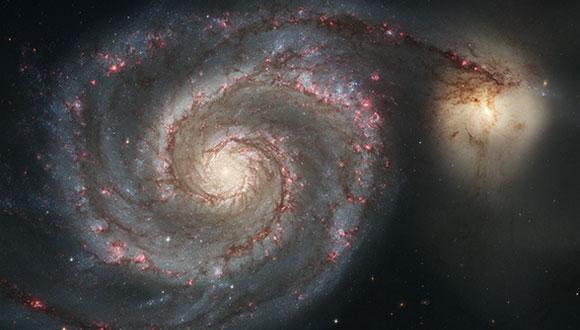סמינר באסטרונומיה ובאסטרופיזיקה: Advancing our knowledge on Gamma-Ray Burst physics and relativistic shocks through modeling of afterglow radiation
Dr. Lara Nava, Hebrew University
Abstract:
The physical origin of the temporally extended (~10^2 sec) high-energy emission (0.1-100 GeV) detected from Gamma-Ray Bursts by the Fermi/LAT instrument has not yet been completely understood. I present the evidences in favour of the external shock scenario, where the LAT emission is interpreted as radiation from electrons accelerated at the relativistic shock developed in interactions with the external medium. I show that the modelling of LAT lightcurves not only reveals specific features consistent with the proposed interpretation, but also has predictive power on parameters entering the shock physics and the physics of the prompt emission mechanism. Extension of this study to include X-ray and optical afterglow data reveals that broadband modelling within the external shock scenario is always successful for the sample of GRBs with LAT temporally extended emission (10 events), and leads to two possibilities: either the X-ray emitting electrons (unlike the GeV emitting electrons) are in slow cooling regime or ii) the X-ray flux is strongly suppressed by Compton cooling, whereas, due to Klein-Nishina, the suppression is negligible at GeV energies. In both cases the LAT flux is a more robust proxy for the blastwave energy than the X-ray flux. On average, both cases require weak magnetic fields and relatively large blastwave energies. These large energies left in the blastwave reduce the efficiency requirements on the still uncertain mechanism responsible for prompt emission. Finally, I present preliminary results on the consistency of the external shock interpretation with the detection rate of high-energy emission from GRBs.
מארגן הסמינר: פרופ' רנן ברקנא


